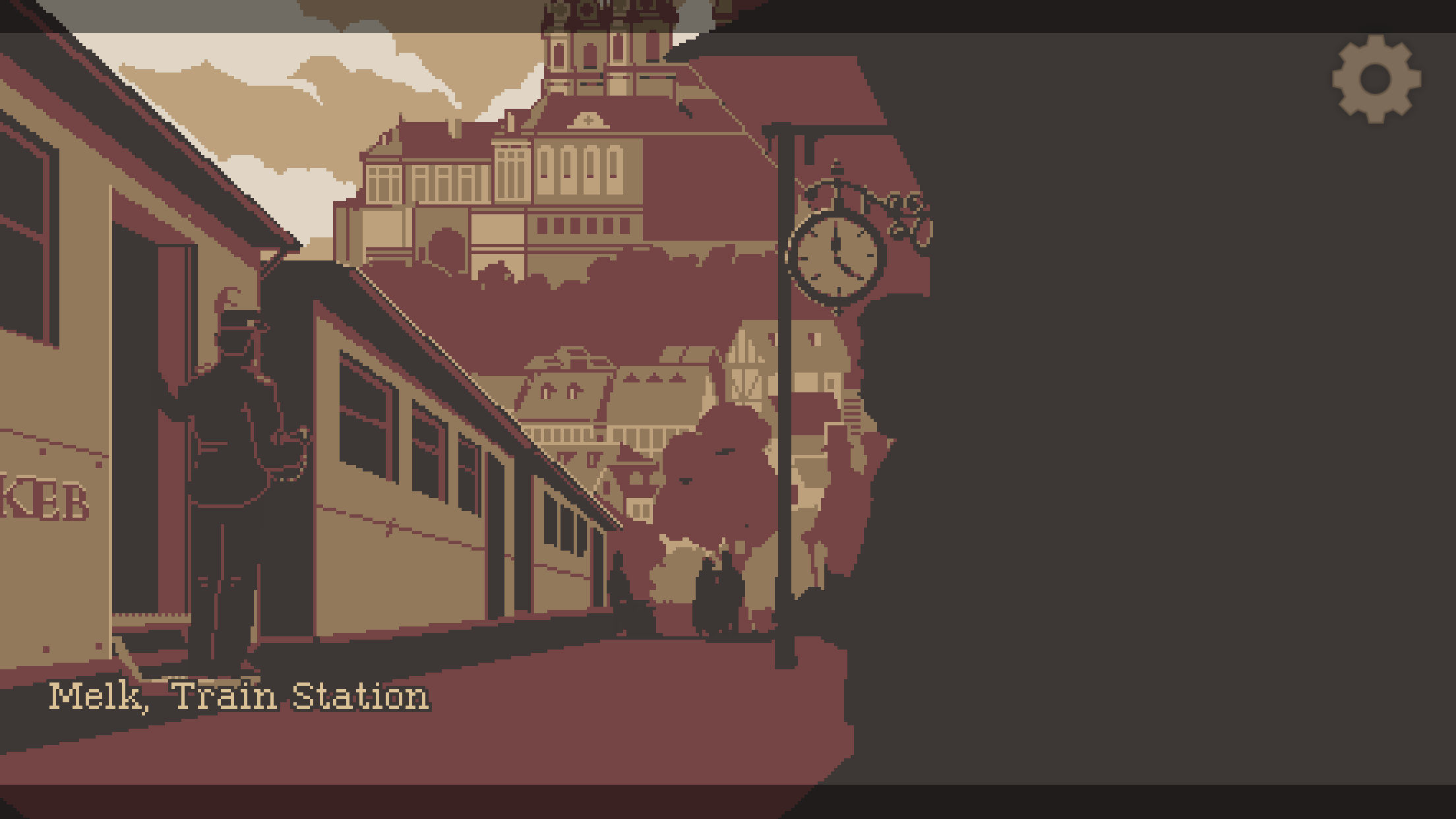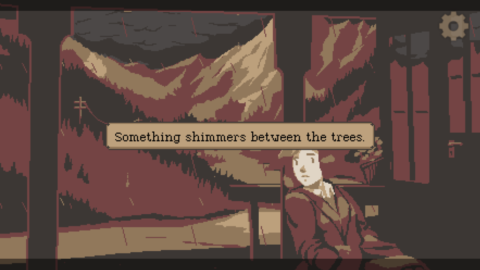A remarkable point-and-click adventure for narrative enthusiasts
Price: $4.99
Version: 1.0.5
Size: 104 MB
Developer: Mi’pu’mi Games
Platform: iPhone and iPad
There are two types of point-and-click adventure games. One, the kind that wants you to explore, meet bizarre characters and figure out for yourself exactly where you want to go. The second is the type of game that wants to tell a story, and that’s what’s most important. The Lion’s Song falls firmly in the second camp, to the point that really, the player becomes almost irrelevant in the game’s play.
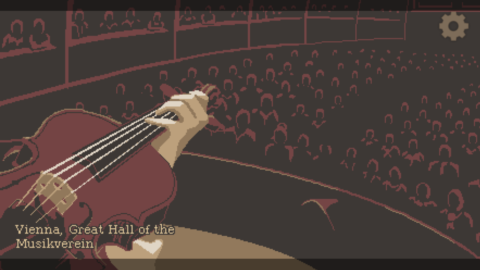
Each chapter features protagonists that struggle to come to terms with personal growth and creativity
But let’s start at the beginning. The game was developed by Austrian developer Mi’pu’mi Games, is based in the early 20th Century, within, appropriately, Vienna, and takes place over four distinct chapters, featuring various individuals across the spectrum of art and science. The first chapter features a violinist who is striving to finish her latest opus, while the second features a painter struggling to find his muse. All chapters focus on personal struggle, and the drive for creativity and human connection. It’s a highly ambitious concept for an iPhone game, but the often basic script and repetition sometimes become tiresome.
The story is also frequently slow. Take the first chapter – you spend multiple nights with the character; Wilma, while she struggles with persistent anxiety over her struggles with writing new music. Your main task is to explore the drawers and trinkets around her desk to find something that sparks her creativity. There are no puzzles, there’s little to interact with and it essentially becomes a task of tapping everything until you get the right response to move the story forward. The story, at its heart, is rich, but the game mechanics are infuriatingly basic. In many ways, we’d wish games like this wouldn’t make a play at interaction. So often responses are variations on the same answer and simply act only to slow down the game.
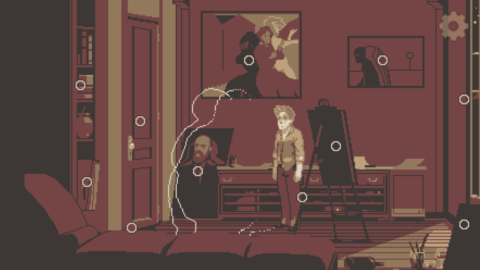
It’s easy to see where to interact in each scene but there are no puzzles and most objects don’t offer much information
But that doesn’t stop The Lion’s Song from being truly unique. It’s graphical style is pixel-focused, but it’s colour scheme drifts only between reds, browns and yellows, providing a sepia overtone to the whole proceeding, appropriate due to its setting. The European landscapes are also pleasant, but again, there’s little for you to actually explore, the game once more dictating how much you can truly interact with. Characters come and go, and often you feel you didn’t have a choice in letting them drift off from conversations you’d far from finished with.
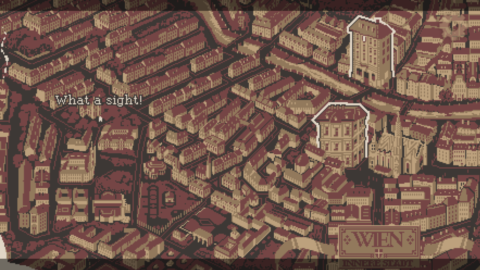
A vast map like this, gives the illusion that there are more places to explore than there actually are
One really interesting dynamic is that many decisions do matter… it’s just hard to tell which ones. The choices the player makes has the ability to impact the storyline of other episodes, and whether the other characters achieve success or not. It’s an interesting approach, sure, and once each chapter is complete you can go back through them and choose different decisions. However, the desire to do so isn’t always there – to rifle through an already slow pace more than once or twice is a high expectation on the player.
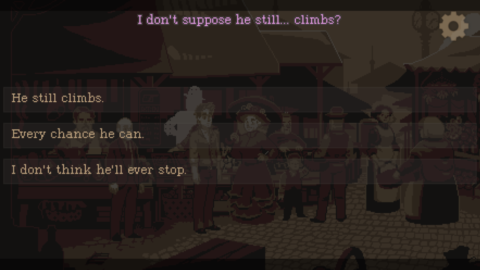
When in conversation, it often feels like you’re asked to choose from answers that essentially have the same meaning
The Lion’s Song, despite its success (before its arrival on iOS it was recognized and won awards when it was first released last year) and its rich concept, there are some serious misfires in the pace of its storytelling.
